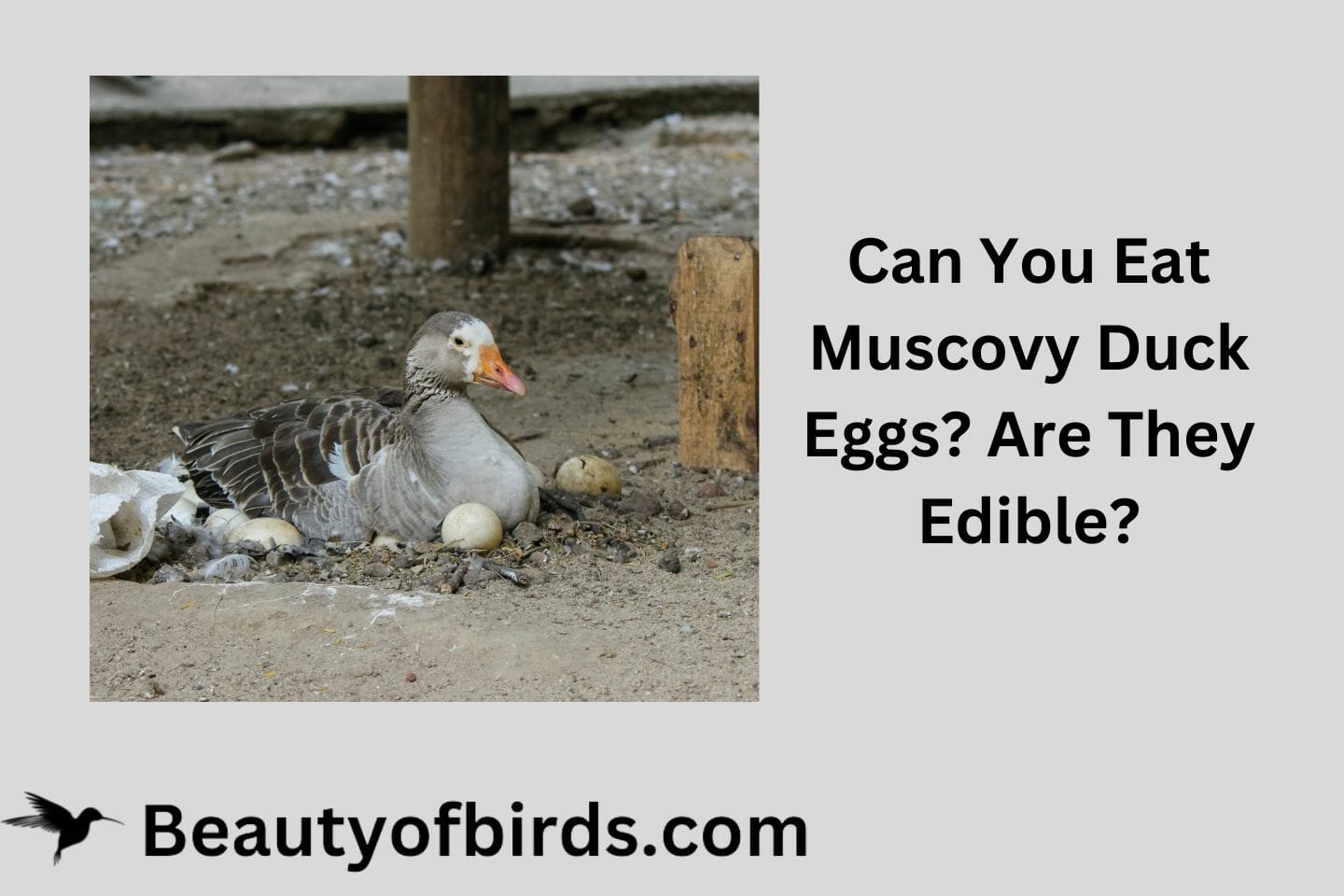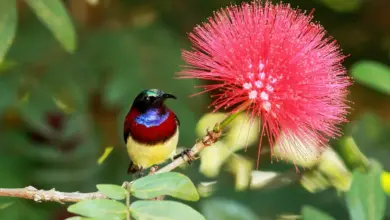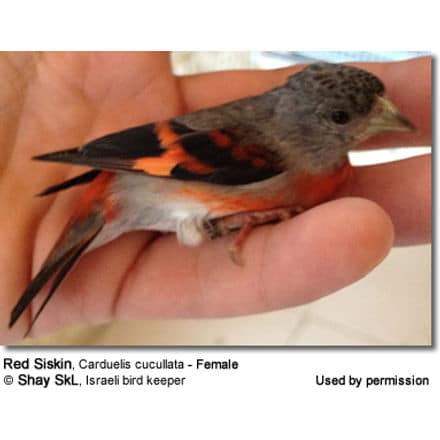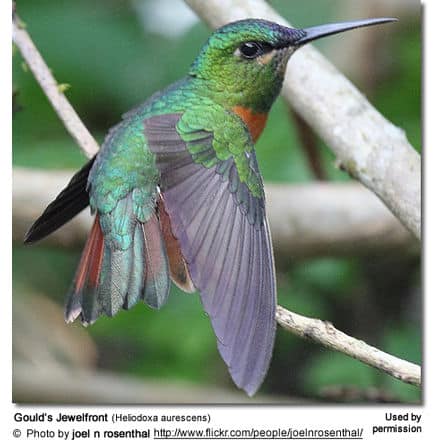Spanish Timbrado Canaries
The Spanish Timbrado Canaries have been bred in Spainfor song rather than color. This domesticated canary is closest genetically to wild canaries.
Though the Spanish Timbrado Canary is classified as a “song canary“, it is also bred for appearance which can vary widely depending on where an individual bird is from.
The name Timbrado derives from the timbre of the canary’s metallic voice, reminiscent of castanets, the traditional instruments used in much of Spain’s folk music.
The song of this canary consists of twelve notes.Their song must be loud, metallic, bright, and harmonious. Negatives in the song are screeches, strained sounds, and nasal sounds. Standards for three types of songs have been established; the original known as ‘Classical’ line, the ‘Floreado line’, and the ‘Intermediate’ line which falls between the other two. This canaries can be trained to sing on cue.
Canaries of both sexes can begin to sing a weak song as early as four weeks. However, females usually don’t sing until after about six months and won’t have the full long song of a male.
These are songbirds and are to be enjoyed as such. They don’t like to be handled, but should be enjoyed for their beautiful song.
Description:
The Spanish Timbrado Canaries come in a variety of beautiful colorations.
They grow to just over five inches in length and usually have tight feathering that is greenish with a gray tint, but yellow, white, variegated and cinnamon colorings are also available. Most have “fish tail” shaped tails, rather than the “pipe stem tail” type, that many canaries have, and rather short legs.
Canary Care and Housing
Breeding your Canary
Spanish Timbrado Canary Videos:
Canary Information: General Care and Housing … Canary Species / Breeds … Canary Varieties …. Guidelines for Buying Your Canary
Canary Breeding … Sexing Canaries … Canary Nutrition / Diet … Canary Diseases




